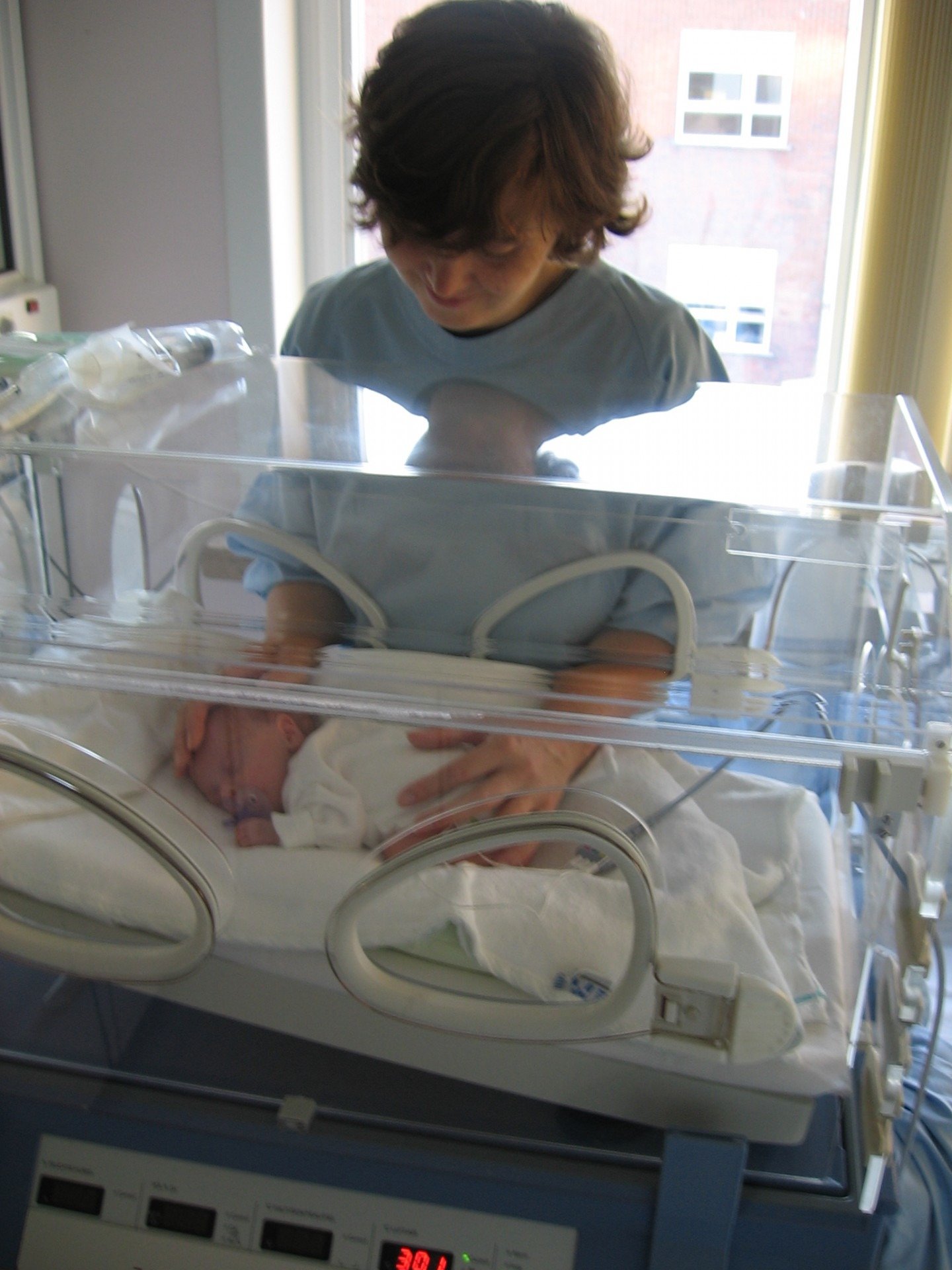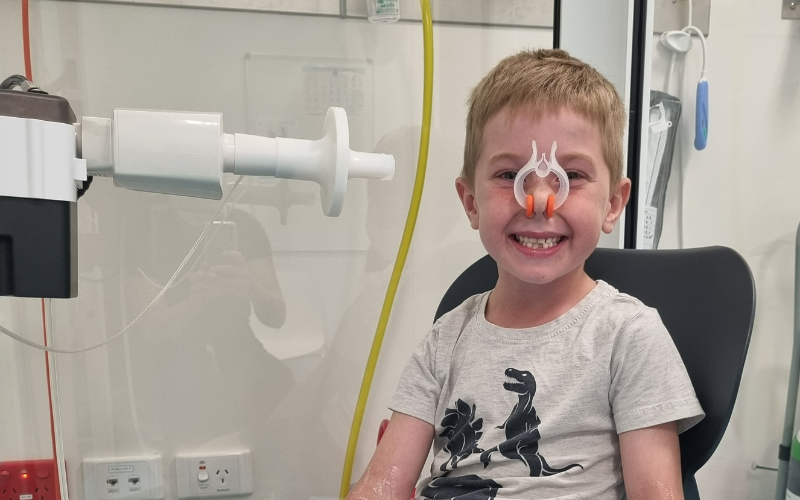Search
Showing results for "early lung health"
Research
Chronic wet cough in Aboriginal children: It's not just a coughResults highlight the need for a culturally appropriate information and education of the importance of chronic wet cough in children

News & Events
Limiting long term lung damage in preterm babiesWith premature babies facing lung problems, researchers with the Children’s Lung Health group are working to identify ways to improve the long-term impact.
Research
The development and refinement of a sensitive bedside test to continually measure the severity of BPD and lung development in preterm infantsGraham Jane Shannon Hall Pillow Simpson BAppSci PhD CRFS FANZSRS FThorSoc FERS BMedSci (Dist) MBBS, PhD (Dist) FRACP BMedSci (hons), PhD Honorary
Research
Upper Airway Pathology Contributes to Respiratory Symptoms in Children Born Very PretermThe upper airway may play a role in the respiratory symptoms experienced by some very preterm children and should be considered by clinicians
Research
Asthma and allergies in a cohort of adolescents conceived with ARTResearch question: Are asthma and allergies more common in adolescents conceived with assisted reproductive technologies (ART) compared with adolescents conceived without?
Research
Parental experiences of early pulmonary surveillance for children with cystic fibrosis: A research proposal for improved family psychosocial outcomesThe proposed study intends to explore parental experiences, including coping, related to their child's involvement in the early surveillance program.
Research
CF derived scoring systems do not fully describe the range of structural changes seen on CT scans in PCDStructural changes identified on CT scans in primary ciliary dyskinesia are not identical to those previously described in cystic fibrosis patients
Research
Hidden in plain sight: how vaping manufacturers exploit legislative loopholesAlexander Larcombe BScEnv (Hons) PhD Honorary Research Fellow Honorary Research Fellow Associate Professor Alexander Larcombe began work at The Kids

News & Events
New study to determine if it’s safe for children born preterm to attend day careA new study to determine if it’s safe for children who were born preterm to attend day care officially commenced this month.
Research
Improving lung health of Aboriginal children hospitalised with chest infections – Aboriginal Children’s Excellent (ACE) Lung Health StudyThe ACE project is led by Dr Pamela Laird and aims to improve post-hospitalisation follow-up of Indigenous children hospitalised with acute lower respiratory tract infections.
